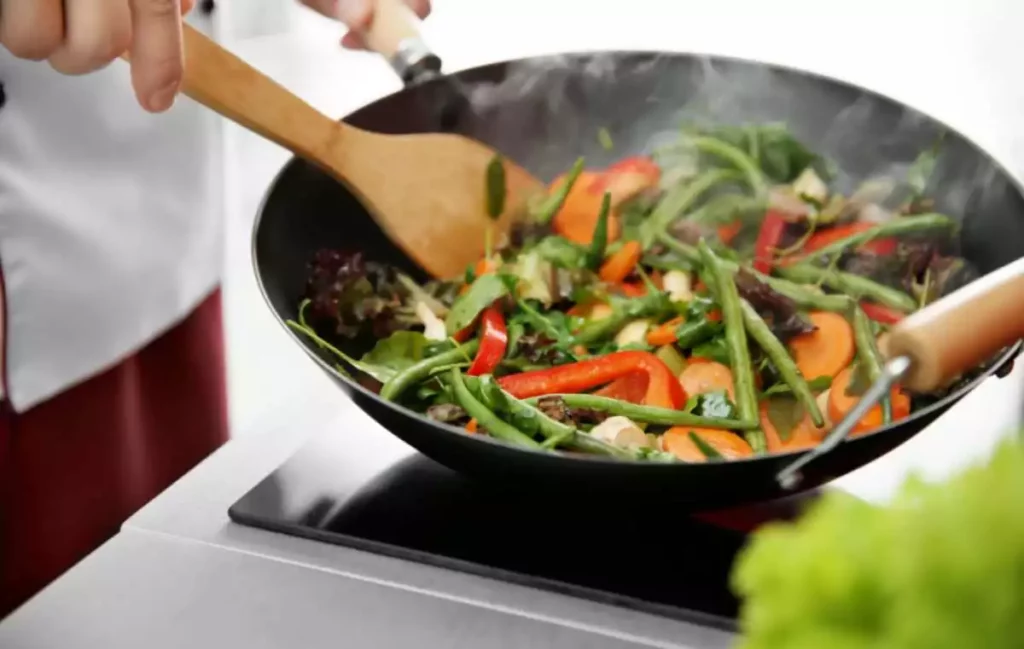Indian Cooking
Table of Contents
Introduction
Delving into the rich and diverse world of Indian cuisine is an adventure that tantalizes the senses. From aromatic spices to vibrant flavors, Indian cooking has captivated food enthusiasts across the globe. To truly unlock the essence of this culinary tradition, understanding the fundamental Indian cooking techniques is paramount.
In this article, we will explore the five most popular Indian cooking techniques that form the foundation of this beloved cuisine. Whether you’re a seasoned chef or a curious home cook, mastering these techniques will empower you to create authentic and delectable Indian dishes that will leave your taste buds craving more.
Do Indian cooking techniques seem fun as well as intimidating? A country with 40 languages and multiple dialects, India is as diverse as it can get. Indian food culture similarly reflects diversity.
We have to understand why Indian cooking is so unique. Across the country, food varies in its ingredients, cooking style, and taste. The most influential factors that resulted in this multifariousness are religion, location, style of cooking.
Religion plays the most major role in what Indians eat or do not eat. While Muslims believe that pork is degrading but eats beef, Hindus never touch beef as cows are considered to be sacred animals. After that, we have Jains who do not eat meat in any way. They are vegetarians and their cooking restricts the use of root vegetables such as potatoes, onions, garlic, etc.
Location-wise, the country can be divided into about four main regions – North, South, East, and West. Each region has its unique diet. The difference lies in locally available veggies and other staples, cooking style, and popular dishes. Along with all these factors add different cooking styles in different regions. The possibilities are endless!
Indian cuisine is often misunderstood to be complicated, time-consuming, and having multiple small ingredients. However it is light, healthy, & trust me it’s not rocket science, either; learn a few basics, and you can freely cook with every Indian flavor at home.
Are you now excited to learn 5 basic Indian cooking techniques that all Indian chefs must know? Let’s get started!
Tadka (Tempering)
The process of tempering consists of using hot oil to fry spices before adding the actual ingredients like veggies or meats to them. Hot oil releases the flavors, aromas, and aromatic properties of the spices that make food healthy and delicious. Tempering is either done at the beginning or the end of the cooking process.
Dum
Dum’s cooking is different from another common Indian cooking technique called bhapa cooking in Bengali. Here the dish is cooked very slowly in its own delicious and natural juices rather than adding huge quantities of water to it. This process consists of cooking food in a closed vessel and cooked for multiple hours to get the proper texture before the food is served. Care must be taken that the vessel is closed shut and no air is allowed to enter.
Bhunana
Bhunana is stir-frying the food but with a slight difference. The food is stirred and cooked over low heat for a long time until the content caramelizes and acquires a nice golden brown color. Typically, it includes adding a little water to prevent the food from becoming hot and sticking to the pan while the food is getting fried.
Bhapa
This process is similar to the steaming process of other cuisines. Two vessels are used for this purpose, one in which the water is boiled & another having a perforated bottom in which we place the food to be cooked. The vessel with the food is placed over the vessel with the water & covered to trap the steam used for cooking. The food is usually wrapped in a traditional banana leaf or silver foil during the cooking.
Dhungar
In this cooking process, live charcoal is placed in a container and then is kept inside the container along with the dish that is being cooked so that a smoky burnt flavor is infused. This process generates a lot of smoke which is trapped by covering food with a lid tightly. This prevents the smoke from escaping and allows it to enter the food. It should be left for a few minutes to allow the fragrant smoke to mix well with the food.
Conclusion
Embrace the art of Indian cooking by mastering the five most popular Indian cooking techniques. From tempering to slow cooking, these methods infuse dishes with authentic flavors and vibrant aromas. Elevate your culinary skills, experiment with ingredients, and create memorable dining experiences. Unleash your creativity and embark on a flavorful journey through the rich heritage of Indian cooking.
Related Articles
Indian Food – A Comprehensive guide
Indian Cuisine – An Aromatic Speciality
Indian Restaurants – Where and What To Eat
The Incredible West Indian Cuisine – 7 Most Delicious Dishes
The Spicy North Indian Cuisine – 5 Most Breathtaking Dishes
11 Healthy Indian Food Items That are Must in Your Daily Diet
6 Exhilarating Tasty Indian Food Dishes that Tantalizes your Taste Buds
The Best Plant-Based Indian Diet for Weight Loss – 1 Week Sample Meal Plan

